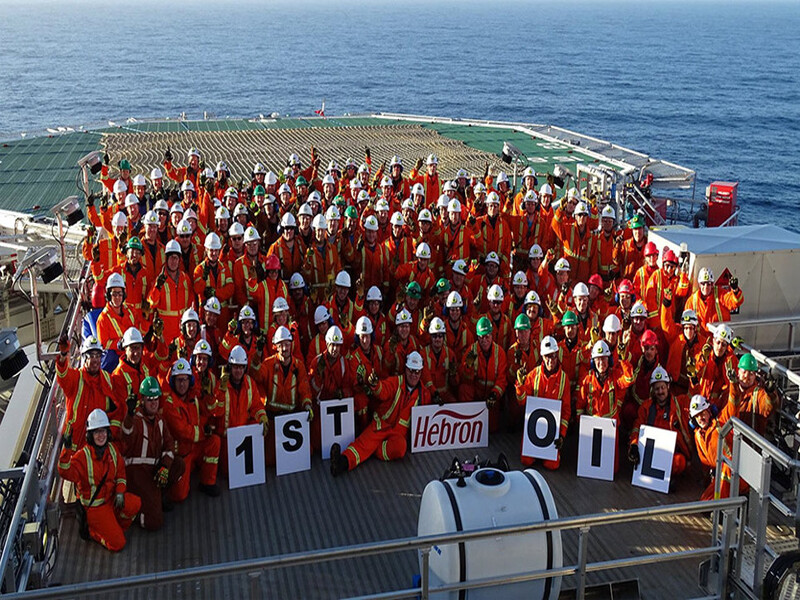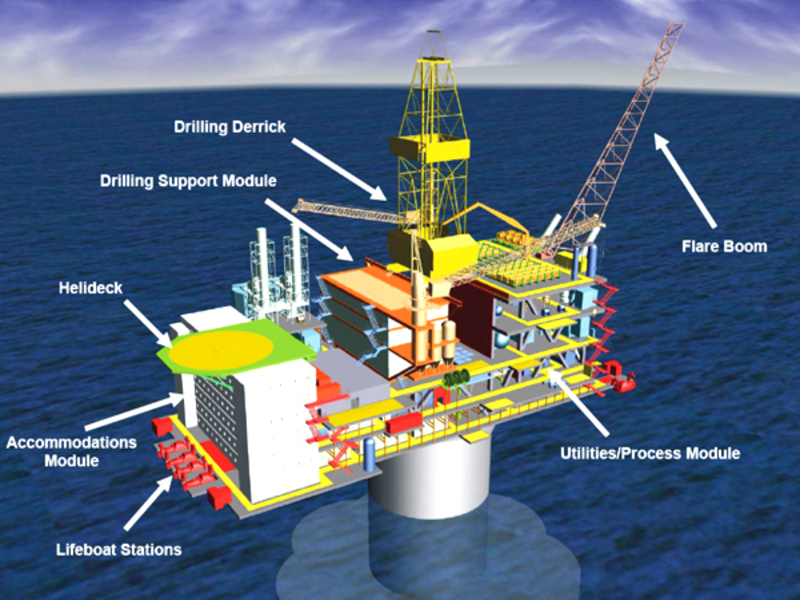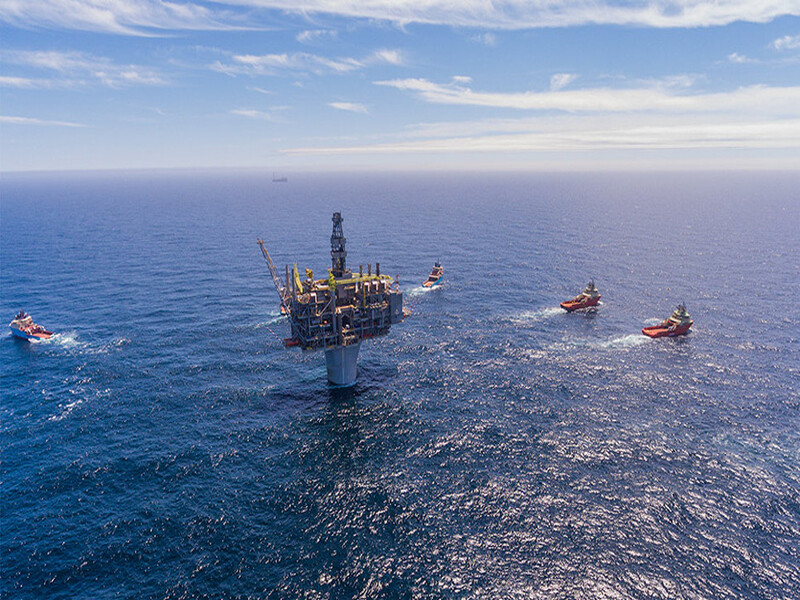Hebron oil field is located offshore Canada, approximately 340km east of St. John’s in Newfoundland and Labrador.
The project consists of the Hebron field, the West Ben Nevis field and the Ben Nevis field. Overall, it is estimated to contain more than 700 million barrels of oil.
The co-venturers in the development include Chevron Canada Resources (29.6%), Suncor Energy (21%), Equinor Canada (9%) and the state-owned Oil & Gas Corporation of Newfoundland and Labrador (4.9%).
ExxonMobil became the operator of the project after taking control from Chevron in October 2008.
Project Gallery
At peak, the offshore field is estimated to produce up to 150,000 barrels of oil per day (bpd).
Location
Hebron oil field is located around 340km south-east of the Newfoundland and Labrador capital St John’s, in the Jeanne d’Arc Basin, Canada. Water depth in the area is around 93m.
The Hebron Project became the fourth field in the Jeanne d’Arc Basin to begin production.
Key project activities took place at Bull Arm, Trinity Bay, where the project’s gravity-based structure (GBS) was constructed. The offshore area is on the Grand Banks, where the Hebron Platform is installed.
The Hebron Platform is approximately 9km north of the Terra Nova Field, around 32km southeast of the Hibernia and 46km southwest of White Rose.
Hebron Project Milestones
Hebron field was discovered in 1980 by drilling the Ben Nevis I-45 well. The initial discovery was followed by two rounds of delineation drilling.
The project was estimated to cost around $4.85bn to $5.2bn in 2008.
In 2011, the Comprehensive Study Report was approved enabling the construction of the bund wall for the dry dock area where the GBS was built.
Site preparation work at Bull Arm also began in 2011 and it continued throughout most of 2012.
The GBS construction began officially in 2012 and it was towed from dry dock to deepwater construction site in 2014.
The project produced first oil in 2017.
In 2020, the field produced its 100 millionth barrel of oil.
In December 2023, the Canada-Newfoundland and Labrador Offshore Petroleum Board (C-NLOPB) approved the Development Plan Amendment (DPA) for the Hebron Field. The approval will allow ExxonMobil and its partners to develop sands within the Jeanne d’Arc Formation that were not under the original Hebron Development Plan.
Hebron Project Details
The Hebron field produces oil through a large stand-alone concrete gravity-based structure (GBS).
It contains oil accumulations in multiple reservoirs, the largest of which is the Ben Nevis reservoir.
With an API ranging from 18 to 25, the oil produced by the field is denser than that of Hibernia.
Three purpose-built tankers are used to transport the crude oil to Newfoundland Transhipment Terminal (NTL) at Whiffen Head.
NTL, located on the eastern side of the head of Placentia Bay, can load up to 155DWT tankers.
Hebron GBS Details
The Hebron GBS is a reinforced concrete structure specifically designed to withstand sea ice, icebergs and other meteorological and oceanographic conditions.
The platform, with topsides, is 220m high and weighs 750,000 tonnes.
It supports an integrated topside deck that includes living quarters and drilling and production facilities. The GBS platform is capable of storing 1.2 million barrels of oil.
The GBS itself is 120m tall, 130m in diameter and consists of 52 well slots for oil storage. The facility is expected to support production for more than 30 years.
The topsides were designed and fabricated in Newfoundland and Labrador, and integrated at the Bull Arm Site.
The Derrick Equipment Set (DES) and the Utilities/Process Module (UPM) of the topsides were made in Ulsan, South Korea.
Contractors Involved
The Hebron GBS was constructed at the Bull Arm fabrication facility, owned by Nalcor Bull Arm Fabrication site.
Worley was contracted to provide front-end engineering design (FEED) and engineering procurement and construction (EPC) work for the Hebron platform topsides.
The FEED study was completed in 2011 and construction commissioning was completed in 2017.
Kiewit-Kvaerner Contractors (KKV), a partnership between Kiewit and Kvaerner Newfoundland, won the design, procurement, construction and installation contract of the Hebron GBS.
McKeil Marine was contracted by KKV for the supply of 15 barges which were utilised as platforms for mobile cement plants and staging GBS construction.
McKeil's scope of work included the supply of temporary dock arrangements with spuds, along with stevedoring services for cargo loading and discharge, and dredging operations.



